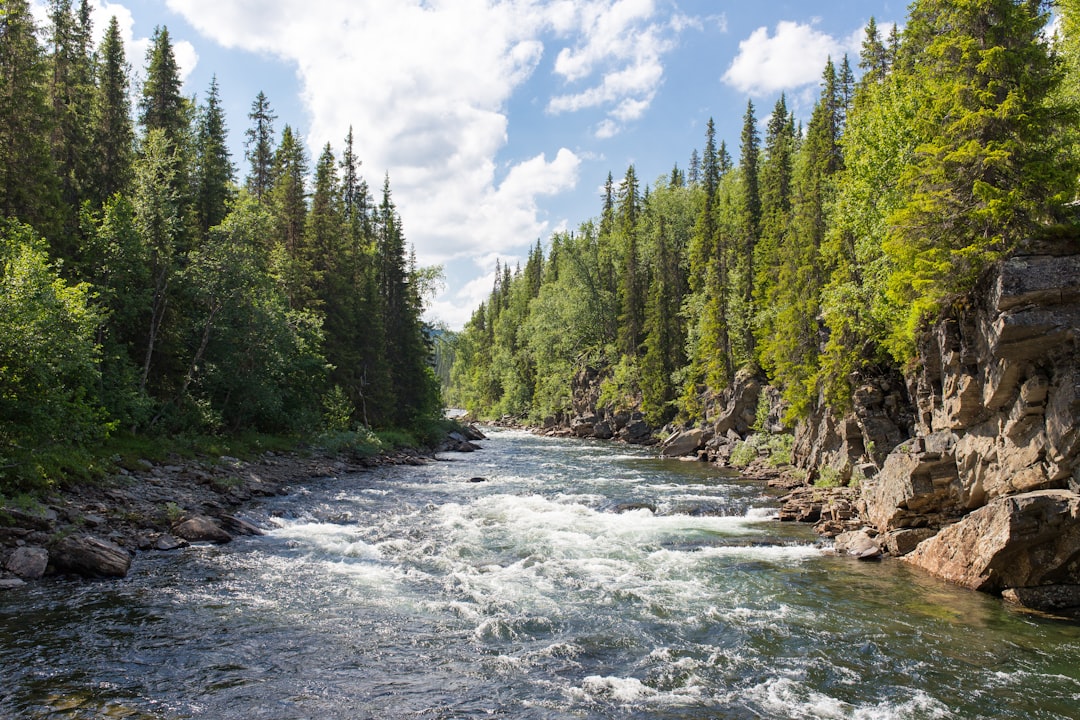A successful xeriscape begins with healthy soil that efficiently retains water. While drought-tolerant plants are essential, their ability to thrive depends on the soil’s structure, composition, and moisture retention capacity. Understanding your soil and improving it accordingly can significantly enhance water efficiency and plant health in a xeriscaped landscape. In this post, we’ll explore soil analysis techniques, key amendments for water retention, and best practices to create an ideal foundation for xeriscaping.
Understanding Your Soil: The First Step
Before making improvements, it’s essential to analyze your soil type. Different soils have varying abilities to retain moisture, drain excess water, and provide nutrients to plants.
How to Determine Your Soil Type
-
The Jar Test
-
Fill a clear jar with soil, water, and a small amount of dish soap.
-
Shake well and let it settle for 24 hours.
-
Observe the layers: sand settles first, followed by silt, with clay on top.
-
The proportion of these layers helps determine whether your soil is sandy, silty, or clay-heavy.
-
-
The Squeeze Test
-
Take a handful of moist soil and squeeze it.
-
Sandy soil falls apart immediately.
-
Loamy soil holds its shape but crumbles easily.
-
Clay soil stays in a firm, unbroken shape.
-
-
Percolation Test
-
Dig a hole about 12 inches deep and fill it with water.
-
If it drains too quickly (<1 hour), the soil is sandy and doesn’t retain water well.
-
If it drains too slowly (>6 hours), the soil is clay-rich and may cause water stagnation.
-
Improving Soil for Water Retention
Once you understand your soil type, you can apply the right amendments to enhance water retention and plant growth.
1. Adding Organic Matter
Organic matter like compost and aged manure improves all soil types by increasing moisture retention and nutrient availability.
-
Sandy soils: Organic matter helps bind particles together, improving water-holding capacity.
-
Clay soils: Compost improves drainage and aeration, reducing compaction.
-
Loamy soils: Adding organic material maintains the balance of drainage and retention.
2. Using Mulch to Reduce Evaporation
Mulching is essential for preventing water loss and improving soil quality. Apply a 2–4 inch layer of organic mulch like wood chips, straw, or shredded leaves around plants.
-
Reduces evaporation
-
Keeps soil temperature stable
-
Suppresses weeds that compete for water
-
Adds nutrients as it decomposes
3. Incorporating Minerals for Better Structure
-
Vermiculite and Perlite: Help aerate soil and retain moisture.
-
Gypsum: Improves clay soil structure and enhances drainage.
-
Biochar: Increases soil’s water-holding ability and promotes microbial activity.
4. Applying Water-Holding Polymers (Optional)
Some xeriscapers use water-absorbing gels or polymers to retain moisture in the root zone, especially in extremely dry climates. However, natural amendments are preferable for long-term soil health.
Best Practices for Maintaining Water-Retentive Soil
-
Avoid Over-Tilling: Excessive tilling disrupts soil structure and microbial balance.
-
Plant Cover Crops: Legumes and deep-rooted plants improve soil aeration and organic matter.
-
Use Raised Beds: In areas with poor drainage, raised beds allow better soil control.
-
Encourage Soil Microorganisms: Beneficial fungi and bacteria improve water absorption and nutrient cycling.
Conclusion
Healthy soil is the foundation of any xeriscape. By analyzing and improving your soil’s ability to retain water, you can create a thriving, low-maintenance landscape that requires minimal irrigation. Whether through composting, mulching, or amending with natural minerals, investing in soil health ensures that your xeriscape remains resilient and sustainable for years to come.

Comments
No comments yet. Be the first to comment!
You must be logged in to comment. Login